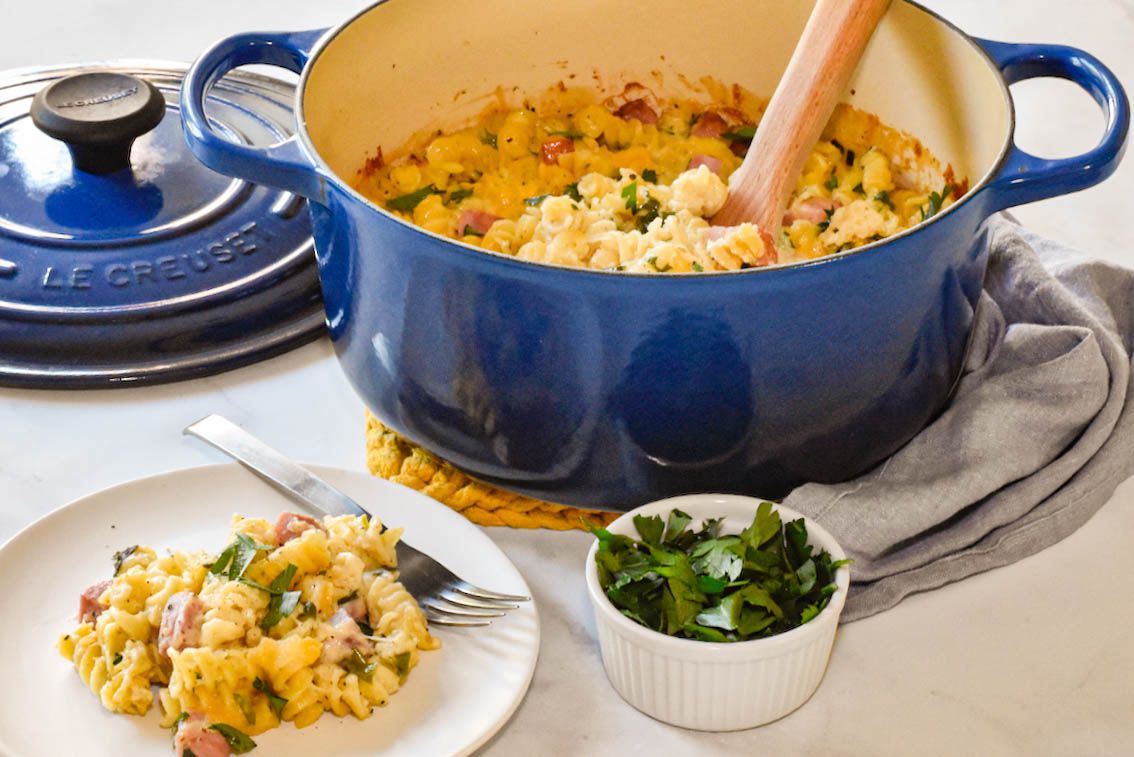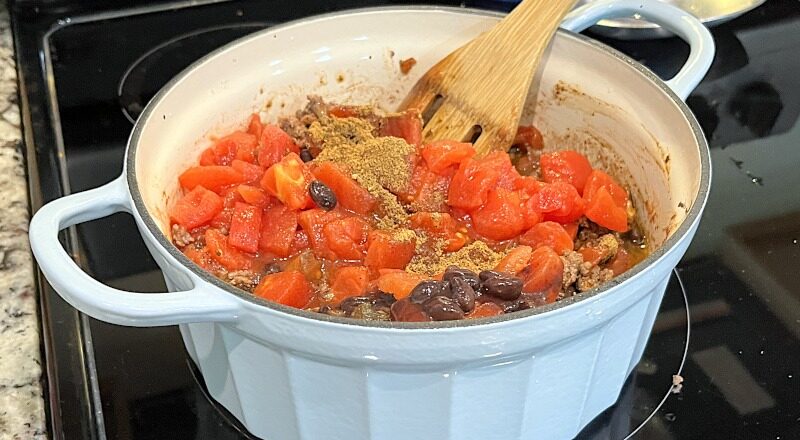A Dutch oven trivet is an essential piece of kitchen equipment that might not be familiar to everyone, but it’s a game-changer in ensuring your cookware and countertop live long and vibrant lives. If you’re scratching your head and wondering, ‘what is a Dutch oven trivet?’ youre in the right place! This article will deep dive into what a Dutch oven trivet is, why its important, and how it can be a delightful addition to your kitchen essentials.

The Origin and Evolution of Trivets
The concept of a trivet has deep roots going back centuries, used to protect surfaces from heat damage, support cookware, and often as a part of serving rituals. The word ‘trivet’ itself comes from the Latin word ‘tripodem’, meaning something with three legs, which reflects its initial design features. Though the basic idea remains, trivets have evolved significantly especially with the advent of heavy-duty cookware like the Dutch oven.
What is a Dutch Oven?
To understand the need for a Dutch oven trivet, its vital first to know what a Dutch oven is. A Dutch oven is a heavy, thick-walled pot, typically made of cast iron and sometimes coated with enamel. This cookware is versatile, ideal for slow-cooking, braising, baking, and more. The capabilities of a Dutch oven make it a beloved item among cooking enthusiasts and professionals alike.

The Function and Importance of a Dutch Oven Trivet
Given the heat retention capabilities of a Dutch oven, its crucial to have a reliable barrier between the scorching cookware and your kitchen surfaces. This is where the Dutch oven trivet comes into play. Imagine taking a delicious, simmering stew off the stove, and then you find yourself frantic looking for a place to set it down. Here are the core functions of a Dutch oven trivet:
- Heat Protection: The primary role of a Dutch oven trivet is to protect countertop surfaces from the immense heat of the oven, preventing burns and thermal damage.
- Stability: Trivets provide a stable surface so your Dutch oven can sit securely, reducing the risk of spills and accidents.
- Air Circulation: A good trivet allows air circulation underneath the hot pot, promoting even cooling and preventing condensation on your counter.

Materials Used in Making Dutch Oven Trivets
Trivets can be made of various materials, each offering unique benefits:
- Cast Iron: Durable and excellent at withstanding high temperatures.
- Silicone: Flexible, heat-resistant, and often dishwasher safe.
- Stainless Steel: Corrosion-resistant and robust.
- Wood: Offers a rustic charm and serves as a softer barrier against heat.
How to Choose the Right Dutch Oven Trivet
Not all trivets are created equal. Choosing the right one involves considering factors such as:
- Heat Resistance: Ensure the trivet can withstand high temperatures typical of Dutch oven cooking.
- Size: The trivet should be large enough to accommodate the size of your Dutch oven.
- Design: Opt for a design that complements your kitchen aesthetics while serving its functional purpose.
Seasoning Your Cast Iron Trivet
If you choose a cast iron trivet, it’s essential to season it regularly to prevent rust and prolong its life. Seasoning involves coating the trivet with oil and baking it, forming a protective layer over the metal. This process is similar to seasoning cast iron pots or pans.
Benefits of Using a Trivet with a Dutch Oven
Here are some compelling reasons to start using a trivet with your Dutch oven:
- Prolongs Countertops: Prevents heat damage to expensive countertops.
- Prevents Accidents: Offers stability to avoid spills.
- Easy Maintenance: Most trivets are easy to clean and maintain.
Cleaning and Maintenance of Dutch Oven Trivets
Proper maintenance of your trivet ensures it lasts longer and continues to serve its purpose effectively. Different materials have different cleaning protocols:
- Cast Iron: Needs regular seasoning and must be dried thoroughly after washing.
- Silicone: Typically dishwasher safe and easy to clean.
- Stainless Steel: Can be scrubbed and polished as needed.
- Wood: Hand wash and dry immediately to prevent warping.
For more detailed cleaning tips, you can check out these cleaning tips.
Common Myths about Dutch Oven Trivets
Several myths surround the use of trivets, such as:
- Myth: Trivets arent necessary for heavy-duty cookware.
- Reality: Using a trivet can prevent long-term damage to both cookware and kitchen surfaces.
- Myth: All trivets are the same.
- Reality: Trivets come in various materials and designs, each catering to different needs.
Reviews and Recommendations
We asked some kitchen professionals about their favorite trivets. Here are a few recommendations:
- Cast Iron Trivets: Loved for their durability and rustic look.
- Silicone Trivets: Praised for their flexibility and ease of cleaning.
- Stainless Steel Trivets: Favored for their robustness and sleek design.
DIY Trivet Ideas
Feeling crafty? Here are a few DIY trivet ideas:
- Make a trivet out of wine corks glued together.
- Create a wood slice trivet using a thin slice of a log.
- Crochet a trivet using heat-resistant yarn.
Adding a personal touch to your kitchen tools can be a fulfilling experience.
Frequently Asked Questions (FAQs)
1. How do I clean my Dutch oven trivet?
The cleaning method depends on the material. Check the section about cleaning and maintenance above for specific tips.
2. Can I use any trivet with my Dutch oven?
Its best to use a trivet that matches the size and heat resistance needs of your Dutch oven.
3. Do I really need a trivet for my Dutch oven?
Using a trivet is highly recommended to protect your countertops and offer stability to your cookware.
As an Amazon Associate, I earn from qualifying purchases.

